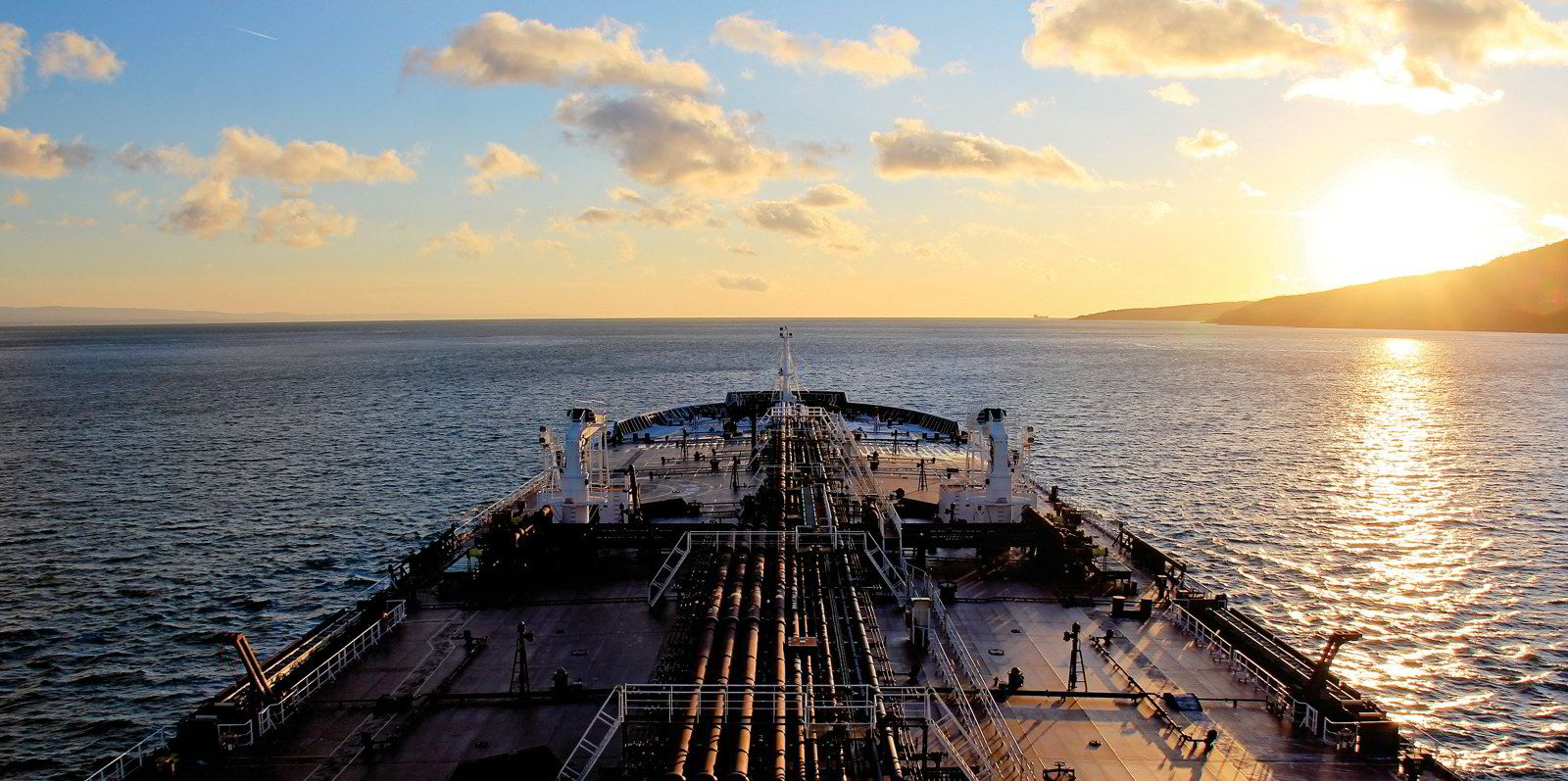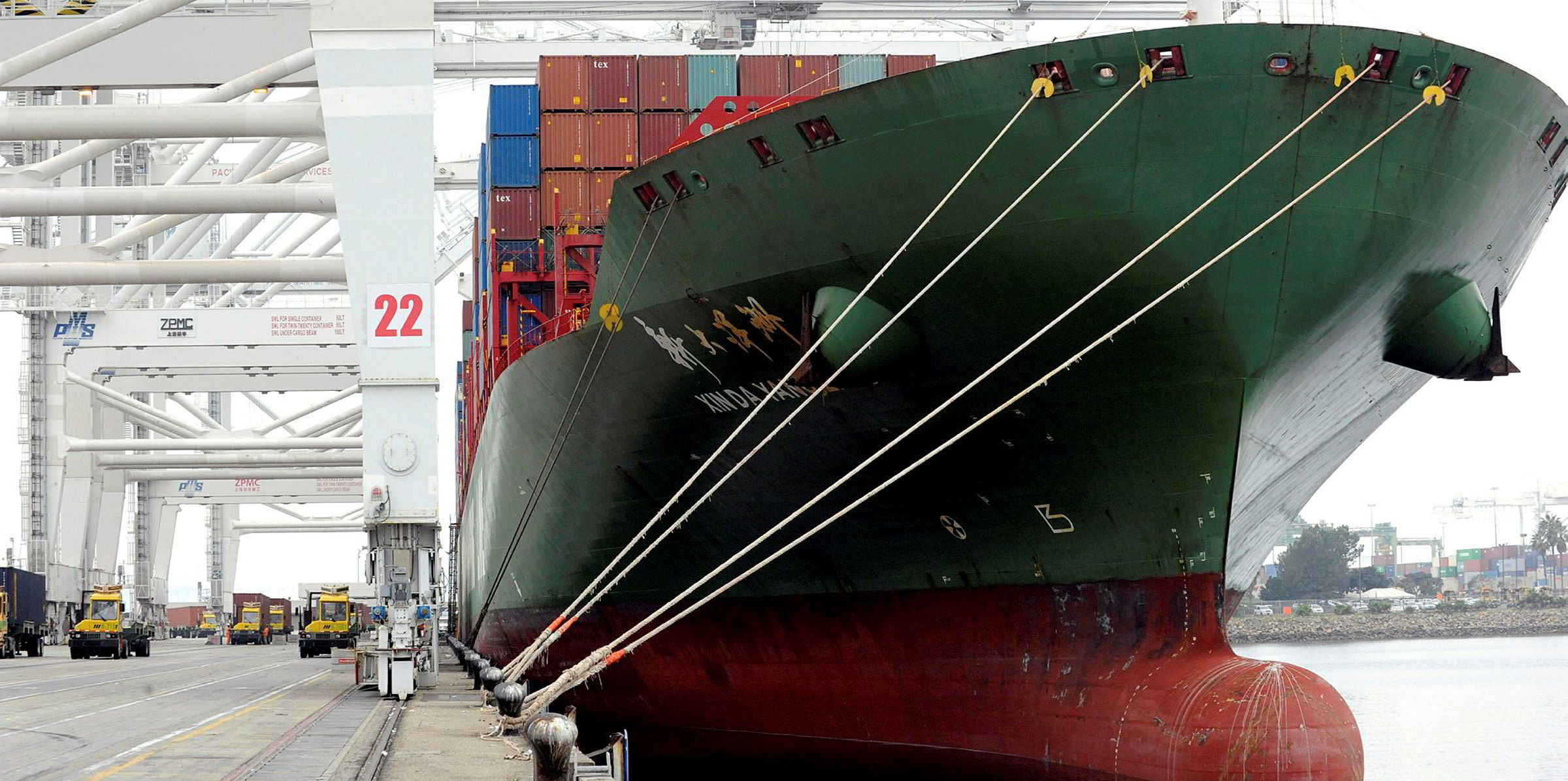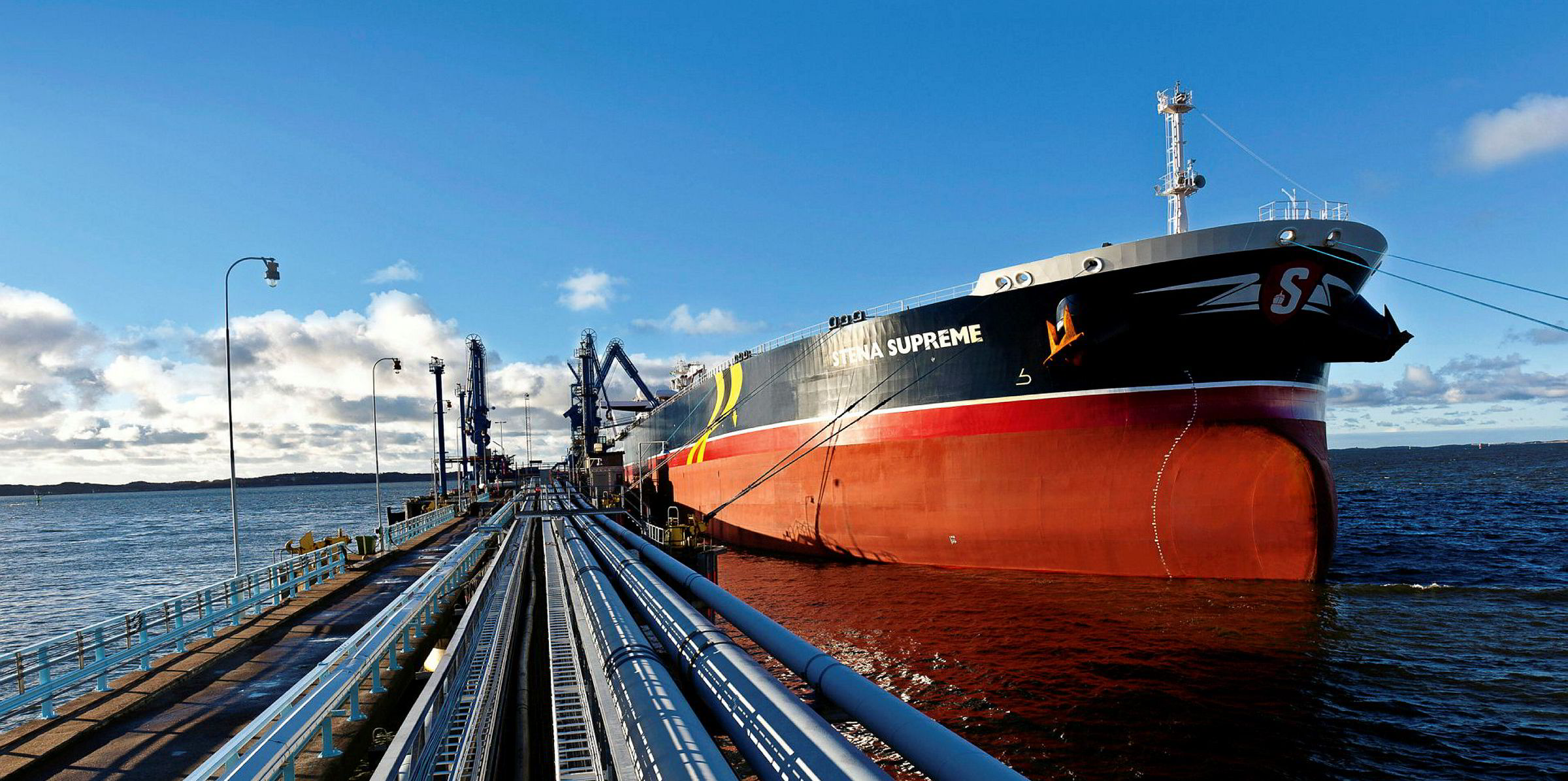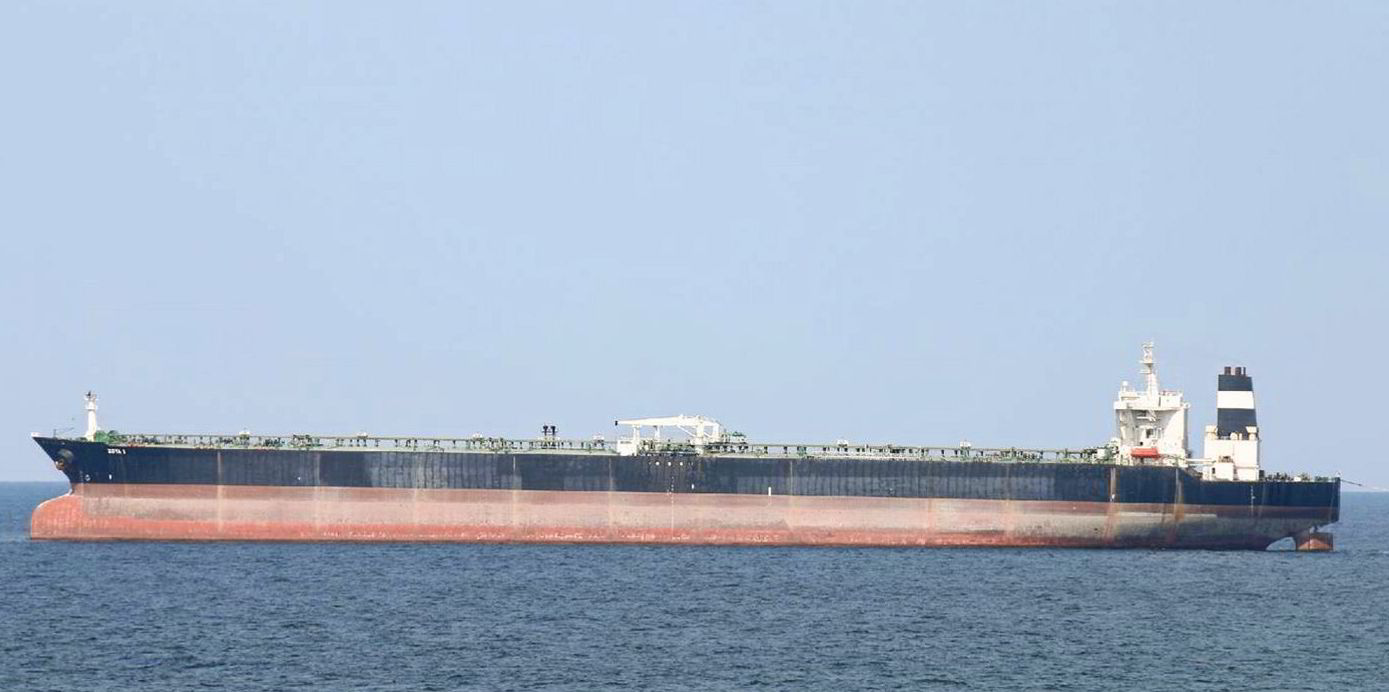As a rule of thumb, tanker owners generally need to reduce vessel speed and scrap old tonnage to ride through a down cycle. But this year seems a bit different.
Freight earnings were at all-time highs in the first half of 2020 before slumping below operating expenses, so many can afford to take some losses from the large cash piles they amassed.
Controlling tonnage supply is therefore on the back burner.
One shipowner told TradeWinds there are limited incentives to slow steam as “it’s wintertime”. It is better to take the chance to find one or two lucrative charters in the peak demand season, the owner added.
Svein Moxnes Harfjeld, co-chief executive of tanker owner DHT Holdings, said in an analyst conference call that the market has been too good to retire ships.
“Right now, it is lousy, but it needs to be painful for a little longer,” he said.
But a growing number of analysts suggest shipowners may be just delaying the inevitable, with vessel demand expected to remain low in the coming months.
With uncertainty over the oil supply-demand picture during the coronavirus pandemic, energy companies have limited requirements in moving cargoes and are reluctant to store more at sea.
“The market rebalancing pace will depend on supply growth as the demand recovery will be slow,” Drewry lead tanker analyst Rajesh Verma said.
“Thus, sooner or later, weak demand will eventually force owners to scrap old tonnage. Slow steaming is also an option for the market balancing, especially if savings on bunker cost will compensate for the lost time.”
Sailing at a slower pace
Data from IHS Markit shows the speed of ballasting VLCCs has averaged 10.2 knots so far in November, close to the level seen since July.
But ballasting suezmaxes were sailing at 8.7 knots in October and laden ones have been at 10.2 knots this month – both readings are the lowest in 2020.
Ballasting aframaxes have had an average speed of 8.2 knots in November so far, the lowest this year. Laden aframaxes have sailed at nearly 9.4 knots since early August, compared with an average of 9.9 knots between January and July.
While their slow steaming has only occurred at a limited scale, aframax and suezmax tankers have enjoyed a small rate recovery lately, while VLCCs remain in the doldrums.
“We could see some further slowdown in average speed of unladen tankers during period of weak markets,” said Amrit Singh, lead shipping analyst at Refinitiv.
Limited scrapping
With firm secondhand prices for old tonnage, few owners have been willing to demolish their vessels this year.
The first and only VLCC scrap deal in 2020 was reported earlier this month, when the 300,000-dwt Sam (built 1996) went to Pakistan for $365 per ldt.
“Now that the first VLCC has been demolished, the question is whether it was a one-off, or whether it has opened the flood gates,” Bimco noted.
“A return to profitable rates is not currently on the horizon. … There are plenty of other candidates that could follow.”
Uncertain demand
Although the pace of oil demand recovery remains uneven due to Covid-19, crude in floating storage has been drawn down in recent months.
The amount of crude stored at sea for 30 days or longer stood at 44.3m barrels in the week from 9 November, compared with a record high of 80.7m barrels in late July, according to Kpler.
Other industry data shows similar trends. IHS Markit principle analyst for liquid bulk Fotios Katsoulas said: “Volumes have been slowly but steadily declining since mid-July, but [at] a much faster pace since mid-October.”
Despite oil markets in contango, there have been few storage deals in recent weeks. Most tanker players believe a sustainable rate recovery will not come before the destocking process is completed.
For the inventory drawdowns to continue, analysts suggest Opec+ will need to extend their production cut into next year.
“Opec and its allies are likely to extend production cuts, given that countries are still being impacted by coronavirus,” Singh said.

Ralph Leszczynski, Banchero Costa’s research head, reckons that the rebalancing of tanker supply and demand may take place simultaneously later as many aged vessels are used for floating storage.
“The moment floating storage goes down to normal levels, we will see a flood of demolitions,” Leszczynski said. “There is no way those tankers will go back to active trading.”






